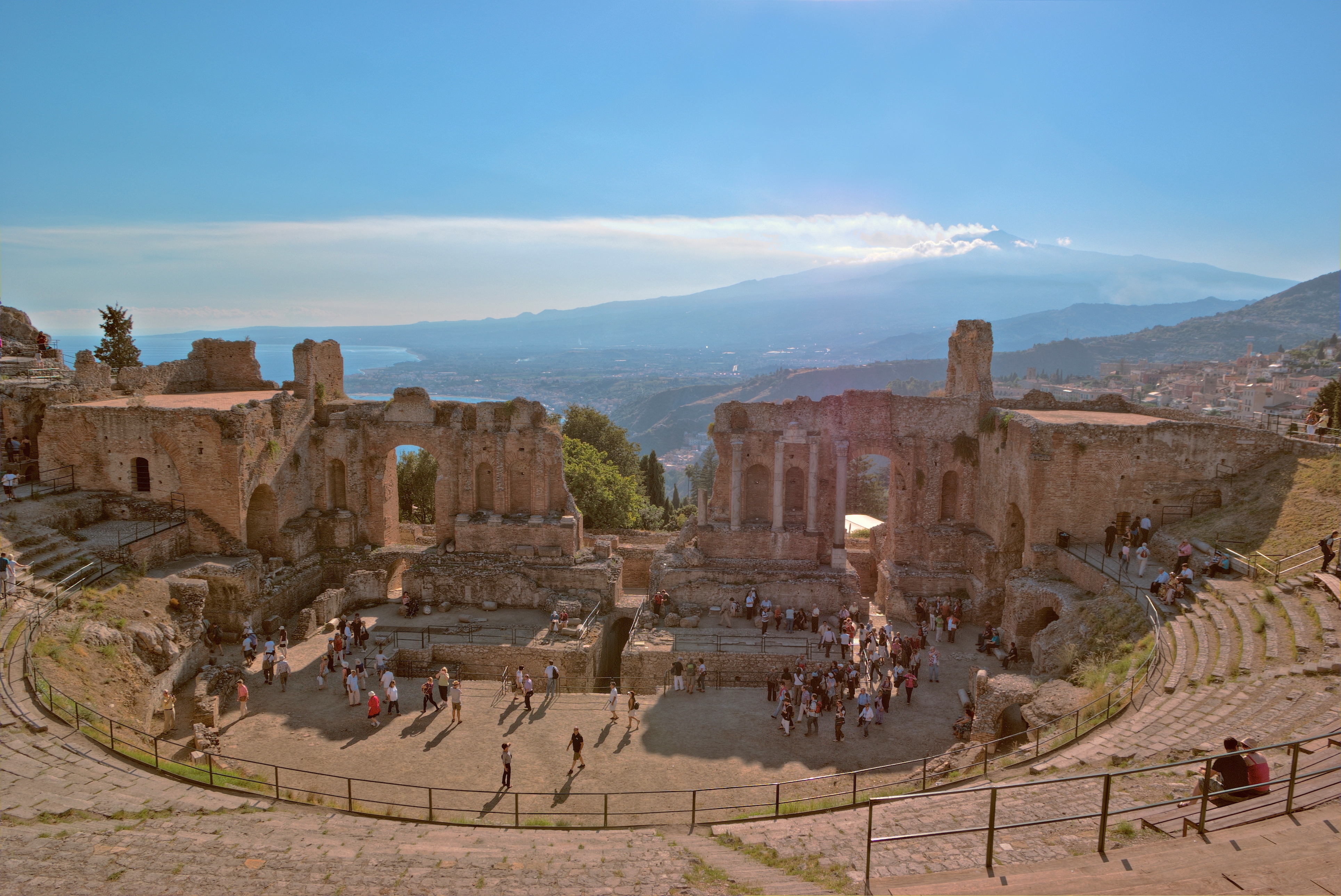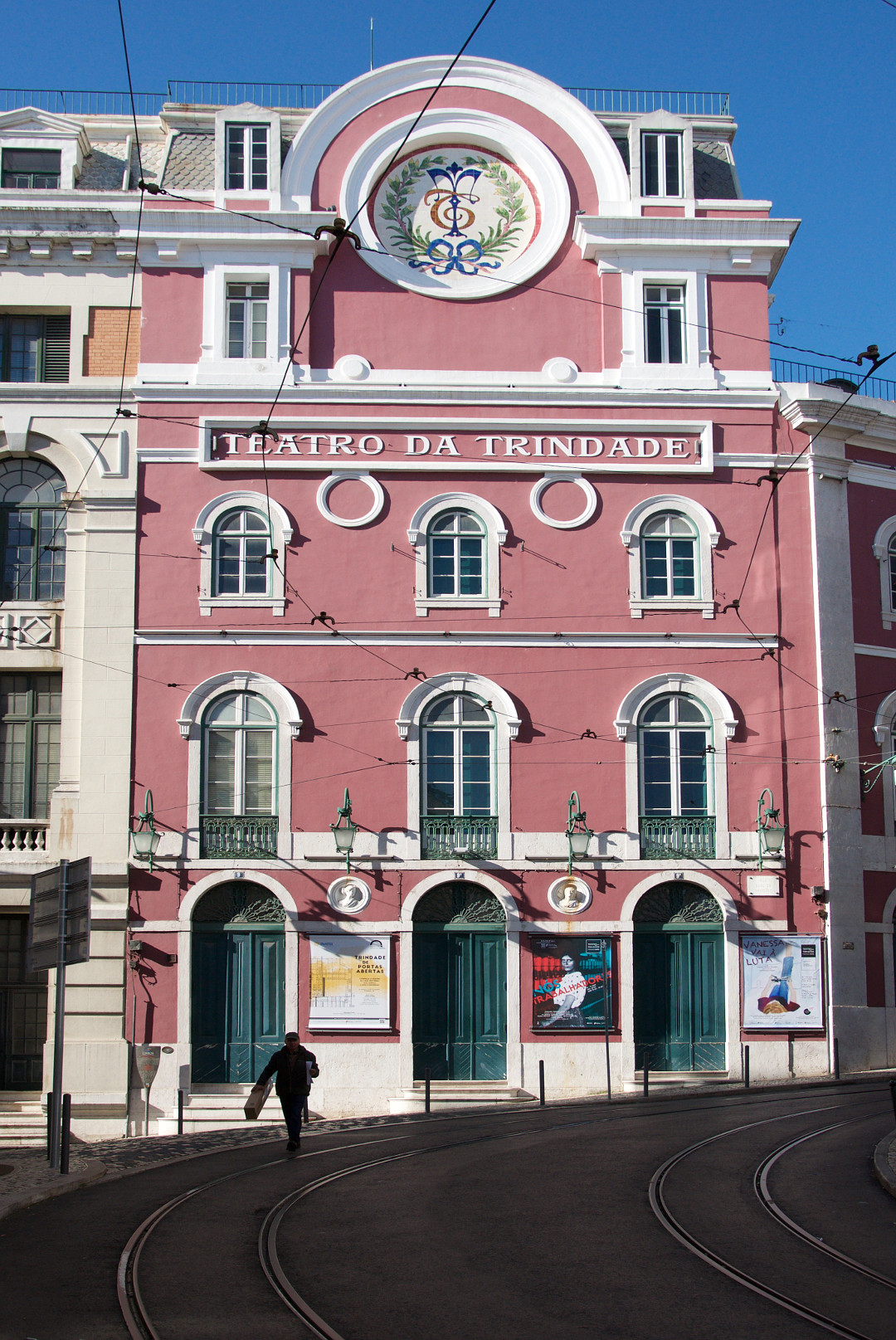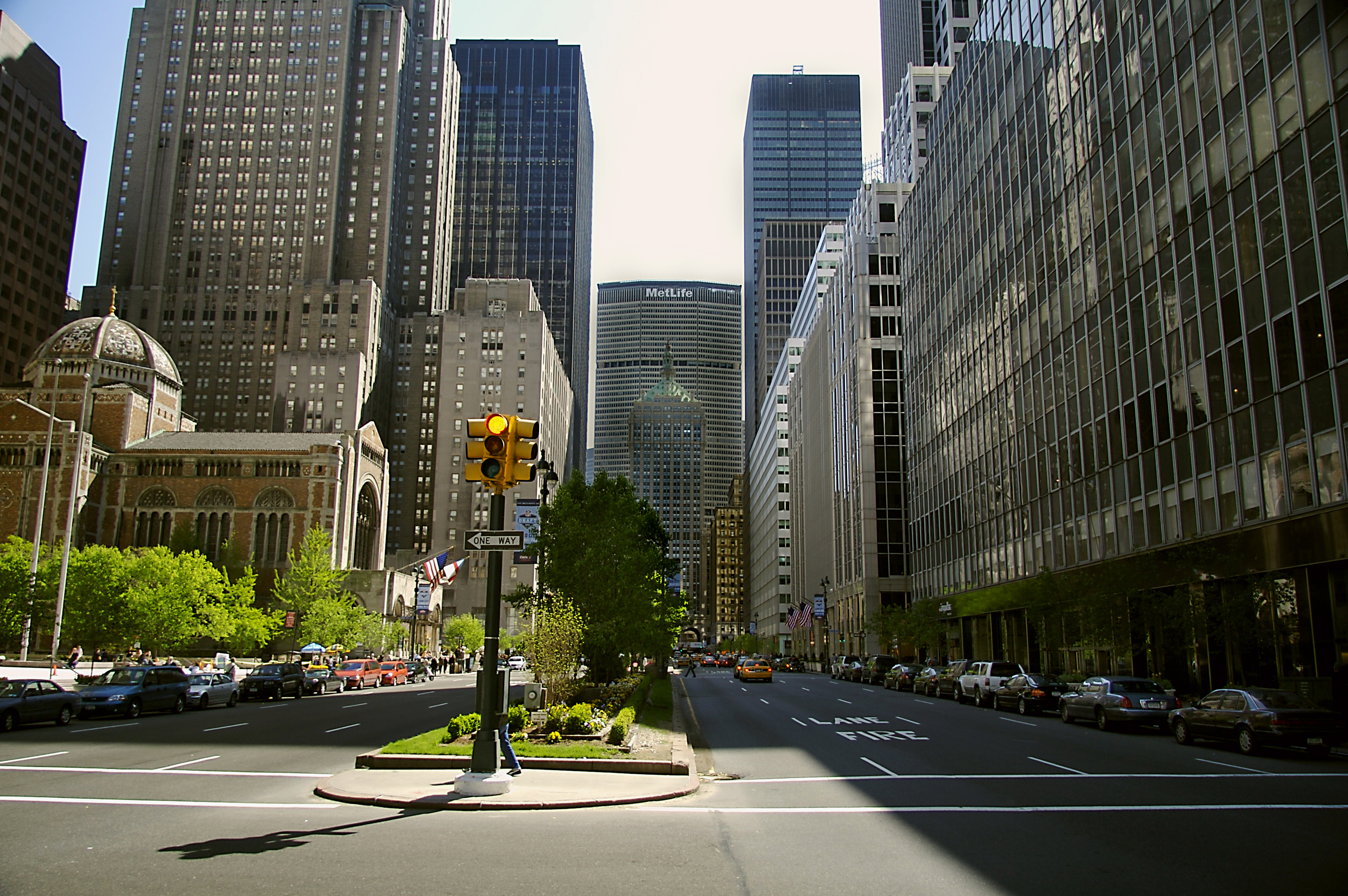|
Teatro Do Salitre
''Teatro do Salitre'' was one of the first theatres in Lisbon, capital of Portugal. It opened on 27 November 1782, changed its name to ''Teatro de Variedades'' in 1858, and was demolished in 1879. For much of its existence it was one of the two leading theatres in Lisbon, together with the ''Teatro da Rua dos Condes''. Lisbon also had the ''Teatro Nacional de São Carlos'', which was mainly dedicated to opera. The ''Salitre'' was situated close to the area that later became Lisbon's theatre district, known as Parque Mayer. History ''Teatro do Salitre'' was built on the initiative of a businessman named João Gomes Varela, who commissioned the project from the architect Simão Caetano Nunes. The theatre could accommodate an audience of around 900. The debut show in November 1782 included the participation of a famous tightrope walker. Later, the theatre was managed by the actor, António José de Paula, who from 1792 introduced an innovative repertoire that included two plays ada ... [...More Info...] [...Related Items...] OR: [Wikipedia] [Google] [Baidu] |
Lisbon
Lisbon (; pt, Lisboa ) is the capital and largest city of Portugal, with an estimated population of 544,851 within its administrative limits in an area of 100.05 km2. Lisbon's urban area extends beyond the city's administrative limits with a population of around 2.7 million people, being the 11th-most populous urban area in the European Union.Demographia: World Urban Areas - demographia.com, 06.2021 About 3 million people live in the Lisbon metropolitan area, making it the third largest metropolitan area in the , after |
Almeida Garrett
João Baptista da Silva Leitão de Almeida Garrett, 1st Viscount of Almeida Garrett (; 4 February 1799 – 9 December 1854) was a Portuguese poet, orator, playwright, novelist, journalist, politician, and a peer of the realm. A major promoter of theater in Portugal he is considered the greatest figure of Portuguese Romanticism and a true revolutionary and humanist. He proposed the construction of the D. Maria II National Theatre and the creation of the Conservatory of Dramatic Art. Biography Garrett was born in Porto, the son of António Bernardo da Silva Garrett (1739–1834), a fidalgo of the Royal Household and knight of the Order of Christ, and his wife (they were married in 1796) Ana Augusta de Almeida Leitão (b. Porto, c. 1770). At an early age, around 4 or 5 years old, Garrett changed his name to João Baptista da Silva Leitão, adding a name from his godfather and altering the order of his surnames. In 1809, his family fled the second French invasion carried out ... [...More Info...] [...Related Items...] OR: [Wikipedia] [Google] [Baidu] |
Theatres Completed In 1782
Theatre or theater is a collaborative form of performing art that uses live performers, usually actors or actresses, to present the experience of a real or imagined event before a live audience in a specific place, often a stage. The performers may communicate this experience to the audience through combinations of gesture, speech, song, music, and dance. Elements of art, such as painted scenery and stagecraft such as lighting are used to enhance the physicality, presence and immediacy of the experience. The specific place of the performance is also named by the word "theatre" as derived from the Ancient Greek θέατρον (théatron, "a place for viewing"), itself from θεάομαι (theáomai, "to see", "to watch", "to observe"). Modern Western theatre comes, in large measure, from the theatre of ancient Greece, from which it borrows technical terminology, classification into genres, and many of its themes, stock characters, and plot elements. Theatre artist Patrice ... [...More Info...] [...Related Items...] OR: [Wikipedia] [Google] [Baidu] |
Theatres In Lisbon
Theatre or theater is a collaborative form of performing art that uses live performers, usually actors or actresses, to present the experience of a real or imagined event before a live audience in a specific place, often a stage. The performers may communicate this experience to the audience through combinations of gesture, speech, song, music, and dance. Elements of art, such as painted scenery and stagecraft such as lighting are used to enhance the physicality, presence and immediacy of the experience. The specific place of the performance is also named by the word "theatre" as derived from the Ancient Greek θέατρον (théatron, "a place for viewing"), itself from θεάομαι (theáomai, "to see", "to watch", "to observe"). Modern Western theatre comes, in large measure, from the theatre of ancient Greece, from which it borrows technical terminology, classification into genres, and many of its themes, stock characters, and plot elements. Theatre artist Patrice Pa ... [...More Info...] [...Related Items...] OR: [Wikipedia] [Google] [Baidu] |
List Of Theatres And Auditoriums In Lisbon
There follows a list of present and past theatres and auditoriums in the Portuguese capital of Lisbon. *'' Teatro ABC'' was the last of four theatres built in the Parque Mayer theatre district of Lisbon. It opened in January 1956 and closed in 1995. *''Teatro Ádóque'' was a theatrical cooperative located in the Martim Moniz area of Lisbon. Established in 1974, it used a portable theatre dating back to 1936. The cooperative closed in 1982. *''Teatro Avenida'' was a theatre located on the Avenida da Liberdade. It operated from 1888 to 13 December 1967, when it was completely destroyed by fire. *The ''Belém Cultural Center'' Performing Arts Centre has a Grand Auditorium with 1429 seats and a Small Auditorium with 348 seats. *''Theatre Camões'' is a concert hall situated in the Parque das Nações area. The building was constructed in 1997 for the International World Exhibition Expo 98, designed by Manuel Salgado. It has been used by the Lisbon Symphony Orchestra and the National ... [...More Info...] [...Related Items...] OR: [Wikipedia] [Google] [Baidu] |
Boulevard
A boulevard is a type of broad avenue planted with rows of trees, or in parts of North America, any urban highway. Boulevards were originally circumferential roads following the line of former city walls. In American usage, boulevards may be wide, multi-lane arterial thoroughfares, often divided with a central median, and perhaps with side-streets along each side designed as slow travel and parking lanes and for bicycle and pedestrian usage, often with an above-average quality of landscaping and scenery. Etymology The word ''boulevard'' is borrowed from French. In French, it originally meant the flat surface of a rampart, and later a promenade taking the place of a demolished fortification. It is a borrowing from the Dutch word ' 'bulwark'. Usage world-wide Asia Cambodia Phnom Penh has numerous boulevards scattered throughout the city. Norodom Boulevard, Monivong Boulevard, Sihanouk Boulevard, and Kampuchea Krom Boulevard are the most famous. India *Bengaluru's Mah ... [...More Info...] [...Related Items...] OR: [Wikipedia] [Google] [Baidu] |
Avenida Da Liberdade
Avenida da Liberdade ( Portuguese for ''"Avenue of Liberty"'') is a boulevard in central Lisbon, Portugal, known for being one of the most expensive shopping streets in Europe. Originating in the '' Passeio Público'', an 18th-century park built for the Portuguese nobility, the avenue was built in 1879, when the former park was turned into a major boulevard, marking the northward expansion of the city during the 19th century. It has since become one of the most prestigious addresses in Portugal and one of Europe's most popular luxury shopping destinations, as the home to numerous luxury stores, boutiques, and hotels. The Avenida is also home to numerous embassies and diplomatic missions. The Avenida is a 90-metre-wide boulevard, 1100 m long, with ten lanes divided by pedestrian pavements decorated with gardens. It links Marquis of Pombal Square in the north to Restauradores Square, the entrance to the Lisbon Baixa. It is commonly referred to by the inhabitants of Lisbon s ... [...More Info...] [...Related Items...] OR: [Wikipedia] [Google] [Baidu] |
Alexandre Herculano
Alexandre Herculano de Carvalho e Araújo (28 March 181013 September 1877) was a Portuguese novelist and historian. Early life Herculano's family had humble origins. One of his grandfathers was a foreman stonemason in the royal employ. Herculano received his early education, comprising Latin, logic and rhetoric, at the Necessidades Monastery, and spent a year at the Royal Marine Academy studying mathematics with the intention of entering on a commercial career. In 1828 Portugal fell under the absolute rule of D. Miguel, and Herculano, becoming involved in the unsuccessful military ''pronunciamento'' of August 1831, had to leave Portugal clandestinely and take refuge in England and France. In 1832 he accompanied the Liberal expedition to Terceira Island as a volunteer, and was one of D. Pedro's famous army of 7,500 men who landed at Mindelo and occupied Porto. He took part in all the actions of the great siege, and at the same time served as a librarian in the city archive ... [...More Info...] [...Related Items...] OR: [Wikipedia] [Google] [Baidu] |
Teófilo Braga
Joaquim Teófilo Fernandes Braga (; 24 February 1843 – 28 January 1924) was a Portuguese writer, playwright, politician and the leader of the Republican Provisional Government after the overthrow of King Manuel II, as well as the second elected president of the First Portuguese Republic, after the resignation of President Manuel de Arriaga. Biography Teófilo Braga was born in the Azores, in São José, Ponta Delgada, his father was Joaquim Manuel Fernandes Braga who probably a descendant of one of King João V’s illegitimate children, most likely António of Braganza who was a Doctor in Theology, knight of Order of Christ and known for one of 3 Children of Palhavã. His mother was Maria José da Câmara e Albuquerque, from the island of Santa Maria, another descendant of Portuguese nobility because she was probably traced to Infanta D. Urraca, who was the one of King Afonso III’s illegitimate children, as the genealogist Ferreira Serpa has shown. Teófilo was ... [...More Info...] [...Related Items...] OR: [Wikipedia] [Google] [Baidu] |
Portugal
Portugal, officially the Portuguese Republic, In recognized minority languages of Portugal: :* mwl, República Pertuesa is a country located on the Iberian Peninsula, in Southwestern Europe, and whose territory also includes the Macaronesian archipelagos of the Azores and Madeira. It features the westernmost point in continental Europe, its mainland west and south border with the North Atlantic Ocean and in the north and east, the Portugal-Spain border, constitutes the longest uninterrupted border-line in the European Union. Its archipelagos form two autonomous regions with their own regional governments. On the mainland, Alentejo region occupies the biggest area but is one of the least densely populated regions of Europe. Lisbon is the capital and largest city by population, being also the main spot for tourists alongside Porto, the Algarve and Madeira. One of the oldest countries in Europe, its territory has been continuously settled and fought over since prehistoric tim ... [...More Info...] [...Related Items...] OR: [Wikipedia] [Google] [Baidu] |
Émile Doux
Émile Doux (1798–1876), known in Portugal and Brazil as Emílio Doux, was a French theatre actor, director, playwright and impresario in Portugal and later in Brazil. Career Little is known about the early life of Doux, other than that he was a graduate of the ''Conservatoire de Paris''. In the 1830s he joined a theatre company led by Paul Charton and his wife that travelled to the Portuguese capital, Lisbon, to give some performances in French, with Roux first performing with the company at the '' Teatro da Rua dos Condes'' in January 1835. The company presented romantic dramas by Victor Hugo and Alexandre Dumas, comedies by Eugène Scribe, melodramas and vaudevilles. With the return of the company to France, Doux decided to stay in Lisbon, becoming one of the most important characters in Lisbon's theatrical history, working as an impresario and as a rehearser. Doux improved the quality of the theatre in Lisbon, introducing new genres and styles of acting, notably promoting in ... [...More Info...] [...Related Items...] OR: [Wikipedia] [Google] [Baidu] |
Luciano Comella
Luciano Francisco Comella (1751–1812) was a Spanish playwright. Author of more than two hundred plays, he was one of the most prolific dramatists of the late eighteenth century. His work is inspired by the zarzuela and operetta Operetta is a form of theatre and a genre of light opera. It includes spoken dialogue, songs, and dances. It is lighter than opera in terms of its music, orchestral size, length of the work, and at face value, subject matter. Apart from its s ... which were really popular at the time. Numerous of his plays emphasis on war and Spanish middle classes. References 1751 births 1812 deaths Spanish male dramatists and playwrights 18th-century Spanish journalists {{Spain-dramatist-stub ... [...More Info...] [...Related Items...] OR: [Wikipedia] [Google] [Baidu] |





_(cropped).jpg)

